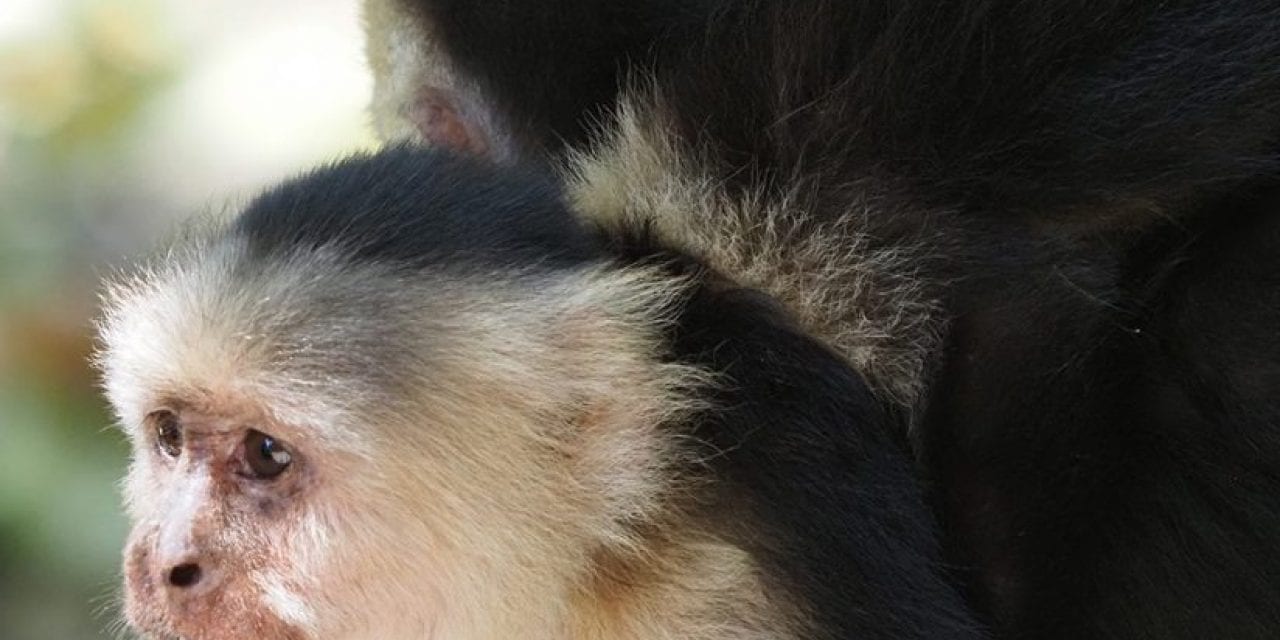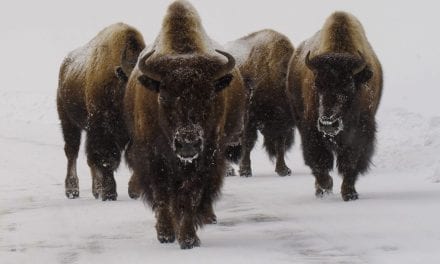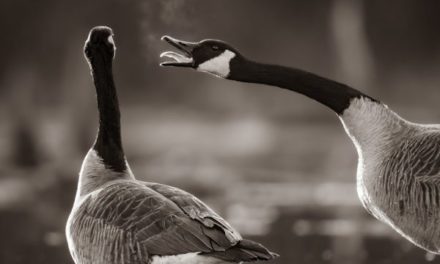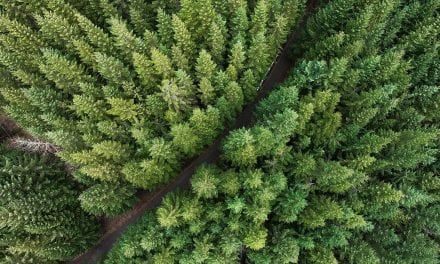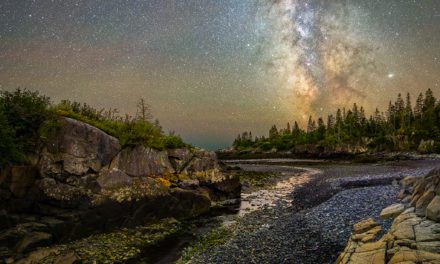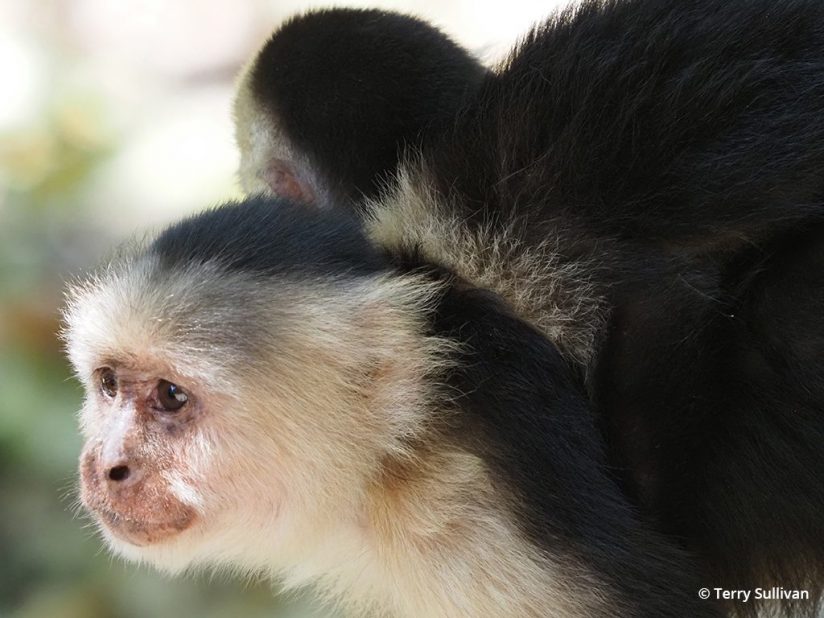
Composing wild-life subjects in motion, like this pair of capuchin monkeys, can be quite challenging, particularly if they’re moving erratically. But with the E-M1 Mark III’s fast burst mode and its ability for you to quickly set or reset the camera’s focus point using the camera’s new joystick, you can be reasonably sure you’ll not only capture the subjects you want but photograph them in a way that’s compositionally pleasing. However, you’ll want to take some time to try these features out and practice them before your assignment. Olympus OM-D E-M1 Mark III, M.Zuiko Digital ED 40-150MM F2.8 PRO with M.Zuiko Digital 2x Teleconverter MC-20. Exposure: 1/500 sec., ƒ/5.6, ISO 3200.
It’s no secret camera companies update their most popular models to include improvements in technology, but not all product introductions bring dramatic changes to a particular line. Some are modest iterations, which may not even include updates to key camera elements like the image sensor. That’s the case with the new Olympus OM-D E-M1 Mark III, which uses the same 20-megapixel Live MOS Micro Four Thirds image sensor included in its predecessor, the E-M1 Mark II, which was introduced in September 2016. So, what actually makes the E-M1 Mark III new?
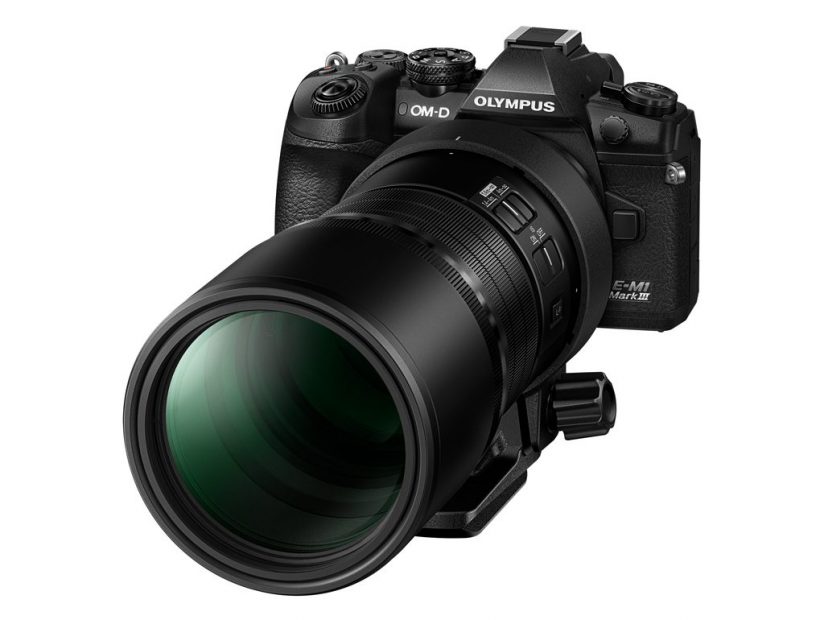
The Olympus OM-D E-M1 Mark III shown with the M.Zuiko ED 300mm f4.0 IS PRO lens attached. This lens is a star of the OM-D system, equivalent to a 600mm ƒ/4 but about half the size and weight and a fraction of the price of such a lens for a full-frame DSLR. This lens is also compatible with Sync IS for up to 7.5 stops of image stabilization.
For starters, the E-M1 Mark III has a new processor, TruePic IX, that provides a number of intriguing (although not necessarily essential) features. Such incremental changes on the E-M1 Mark III may not entice all photographers. Those looking to produce exceptionally large print sizes may not consider a camera like the E-M1 Mark III, opting instead for models with upwards of 40-megapixel resolution. But the camera’s compact size, impressive speed and advanced image stabilization system make it a very good value for outdoor subjects from landscapes to wildlife and sports.
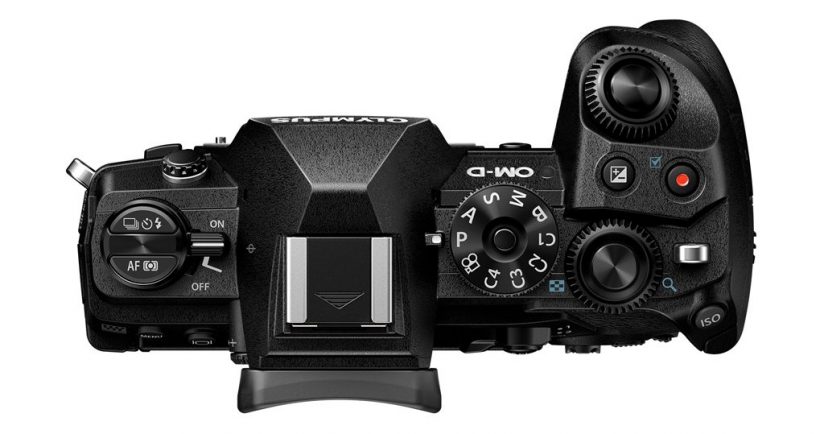
Olympus OM-D E-M1 Mark III top view.
After using the E-M1 Mark III on a trip earlier this year to Costa Rica, I found it compelling. It’s a smartly designed camera that has a good balance of features and size. Its small, compact footprint pairs perfectly with the system’s lenses, which are also more compact than comparable lenses for full-frame and APS sensor cameras due to the smaller size of the camera’s Micro Four Thirds format sensor. The system is very agile, which makes it easier to keep your attention on your subject rather than feeling burdened with heavy gear. That’s especially helpful for wildlife photography when you’re trying to capture a fast-moving bird or monkey, for example.
Having a lightweight, balanced system is a quality I found to be quite valuable again and again during my excursion to Costa Rica with Olympus, as it let me quickly move into position and fire my shots. And since I could use to lose some weight, having a lightweight camera system was a very big deal while trekking through the hot, muggy, humid terrain.
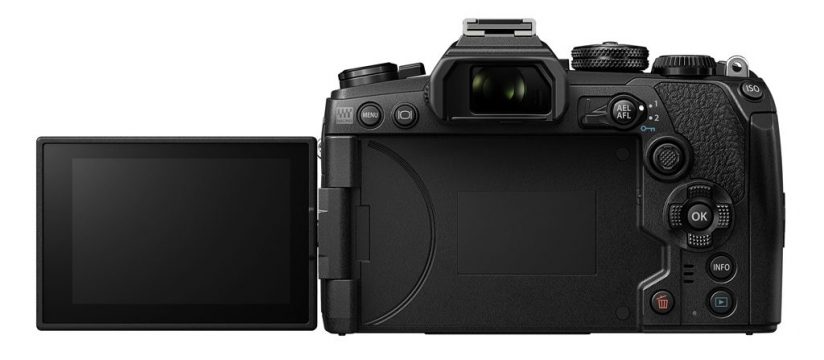
The camera’s LCD swivels for easier viewing when shooting at high or low angles.
I was also impressed with the ample assortment of physical controls on the E-M1 Mark III. There are knobs, buttons and switches galore, but they’re nicely placed and useful. Olympus has even added some new ones, like the joystick, which saves time navigating menu settings. Plus, the joystick is assignable, so you can use it for various custom functions.
Hands-On With The E-M1 Mark III
Although we traveled to Costa Rica in early February, it was still quite hot and very humid, which meant almost any shoot could quickly tire you out. I appreciated having a lightweight camera system. Another plus is that it’s ruggedly constructed like its predecessor and other models in the OM-D lineup.
But a rugged exterior isn’t the only quality or feature the E-M1 Mark III shares with its predecessor. As I noted earlier, this is an iterative model, which means Olympus kept many of the main features and specs the same. In addition to the sensor, you’ll find the same powerful in-body image stabilization system used in the E-M1 II as well as the ability to fire off 18 frames per second using the electronic shutter, which is also silent. The display and electronic viewfinder—a 3-inch swiveling touchscreen LCD and an EVF with 2.36 million dots—are pretty much unchanged.
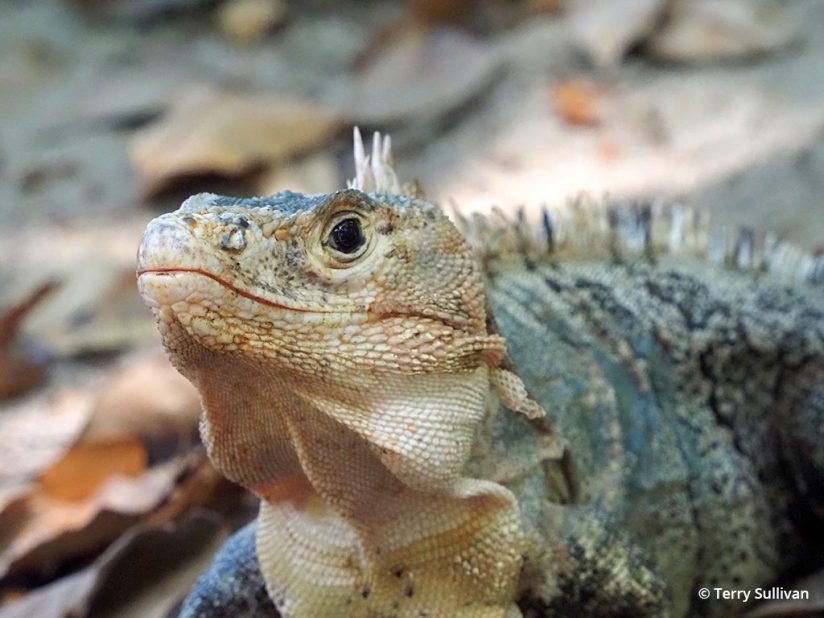
There’s always a tradeoff when using a teleconverter like the Olympus 2X MC-20 teleconverter, which I used for this shot. I needed it to get visually closer to animals like this Black Iguana that I photographed in Manuel Antonio National Park in Costa Rica, but using it meant I’d lose two stops of exposure. So, my widest aperture on the lens was ƒ/5.6, not ƒ/2.8, which is why I increased my ISO to ISO 6400. But even at this somewhat high ISO, the E-M1 Mark III still kept image noise at bay, and I felt I still captured a shot of this iguana with a lot of character and expression. Olympus OM-D E-M1 Mark III, M.Zuiko Digital ED 40-150MM F2.8 PRO with M.Zuiko Digital 2x Teleconverter MC-20. Exposure: 1/500 sec., ƒ/8, ISO 6400.
The changes Olympus did implement are mostly what you might call “computational photography” related, powered via the TruePic IX processor. For example, although the in-body image-stabilization system is the same, Olympus states that it allows you a greater number of stops of correction (7.5 versus 7) with select Olympus stabilized lenses, a feature Olympus calls Sync IS. The camera also has an impressive feature, Live ND filter, which produces a slow-shutter effect without the use of a physical ND filter.
Plus, the E-M1 Mark III now includes a more robust high-res composite shot mode that produces larger images than before: a 50-megapixel photo in hand-held mode, and 80-megapixel shots on a tripod. For comparison, the E-M1 Mark II’s high-res shot mode provided 25 megapixels for hand-held and 50 megapixels when using a tripod.
Performance For Wildlife Photography
My Costa Rican trip with Olympus was relatively brief—we essentially had just two shooting days. But those days were quite educational, with stops at Manuel Antonio National Park, a cruise along the Tarcoles River, an opportunity to photograph surfers riding the waves in the Pacific Ocean and a beautiful sunset at Playa Hermosa.
One focus of the trip was photographing wildlife, and it reminded me of a useful quote from the wonderful 1999 edition of The National Geographic Photograph Field Guide by Peter K. Burian and Robert Caputo. In the book’s intro to the chapter on photographing animals, the authors write, “Photographing animals, be it your pet dog or lion in the wild, calls for time, patience and sensitivity. You should treat making images of animals the same way you would those of people: Think about their character and then try to get it on film.” To do this, the authors suggest, “You have to wait for, and learn to anticipate, their behavior.”
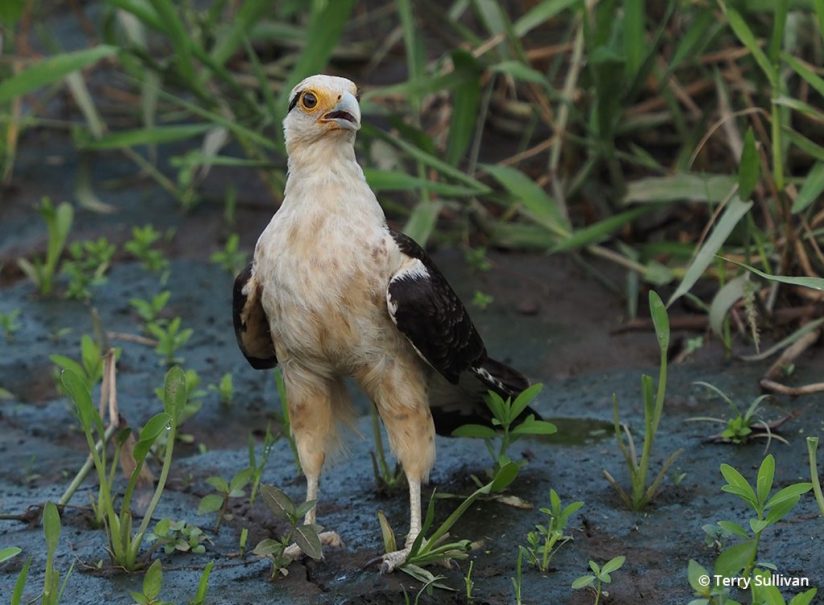
Our local guide for our cruise along the Tarcoles River spotted this very animated yellow-headed caracara, which is a bird of prey in the falconidae family. I shot this image in the late afternoon light, when some of the sunlight was starting to fade. So, I increased the ISO to ISO 6400. I really liked how the Olympus system captured the wispy texture of the bird’s feathers and the hard edge of its beak. Olympus OM-D E-M1 Mark III, M.ZUIKO Digital ED 40-150MM F2.8 PRO with M.Zuiko Digital 2x Teleconverter MC-20. Exposure: 1/250 sec., ƒ/5.6, ISO 6400.
Technically speaking, the success of capturing successful photos of wildlife subjects depends at least somewhat upon the quality of your camera system. During my trip to Costa Rica, the E-M1 Mark III was fast and accurate. This provided me with lots of opportunities to capture the character of the animals I saw via their fleeting expressions—from the Buster-Keaton-like deadpan gaze of a black iguana to the theatrically comic expressions of a trio of capuchin monkeys in Manuel Antonio National Park to the menacing, dragon-like eye of an American crocodile in the late afternoon light along the Tarcoles River.
Travel and nature photographer and Olympus educator Rob Knight, who joined us on this trip, offered some helpful tips as well. For instance, Knight says he often likes to observe subjects in order to determine the “decisive moment” he wants to capture—before actually making photographs. So, after we arrived at each destination, although I was eager to start shooting immediately and begin firing off 18 frames per second in the hopes of capturing a great shot, I first studied my wildlife subjects before I started photographing.
I generally shoot in continuous AF mode, using the electronic shutter for 18 fps with AF. I did sometimes switch to single AF, though, which worked well enough. I experimented with some of the other modes, but these two AF modes were the most useful for me. The image stabilization proved quite useful, allowing me to shoot in dimmer lighting situations and still get a sharp shot.
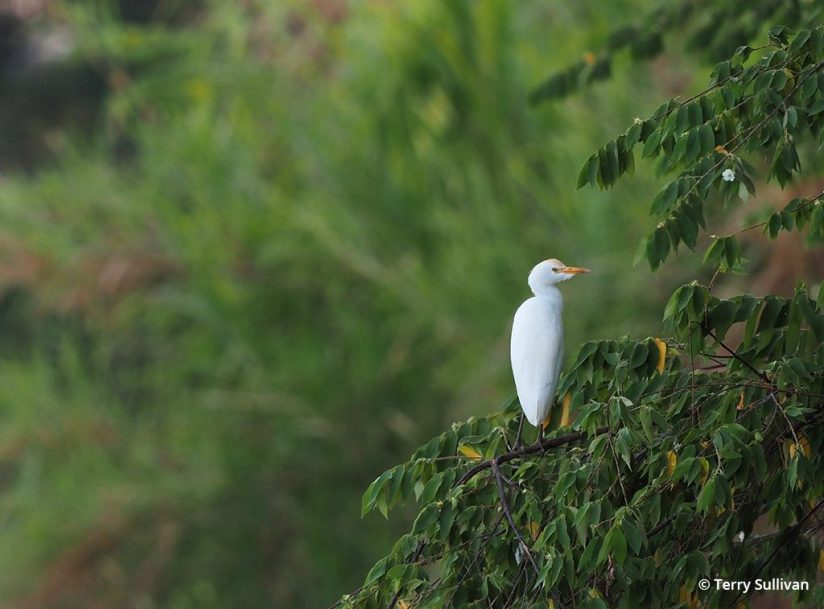
Although we weren’t moving very fast on our river cruise along the Tarcoles River, I set the shutter speed at 1/250 sec to make sure I shot a sharp image, particularly using a long lens like a 300mm lens (which has a 35mm-equivalent focal length of 600mm lens). But I needed to increase the ISO since the late afternoon light was beginning to dim. Olympus OM-D E-M1 Mark III, M.ZUIKO ED 300MM F4.0 IS PRO. Exposure: 1/250 sec., ƒ/4.5, ISO 2000.
Overall, The E-M1 Mark III Is A Very Good Value
While I found I captured some rather successful wildlife shots due to the versatile nature of the E-M1 Mark III, the camera itself isn’t perfect. For instance, as I mentioned previously, it has an older sensor, and if video is important to you, the specs of this cameras are lesser than those of the latest generation models from other brands. Additionally, while I felt the AF technology was effective at times, at other times, it didn’t always provide the tracking I was hoping for.
However, I was impressed with the in-body image stabilization which was very helpful in low-light conditions. I also found the flip-out swiveling LCD to be a valuable asset. Most of all, the 18 frames-per-second burst speed provided me with hundreds of JPEGs and RAW files from my Costa Rica trip.
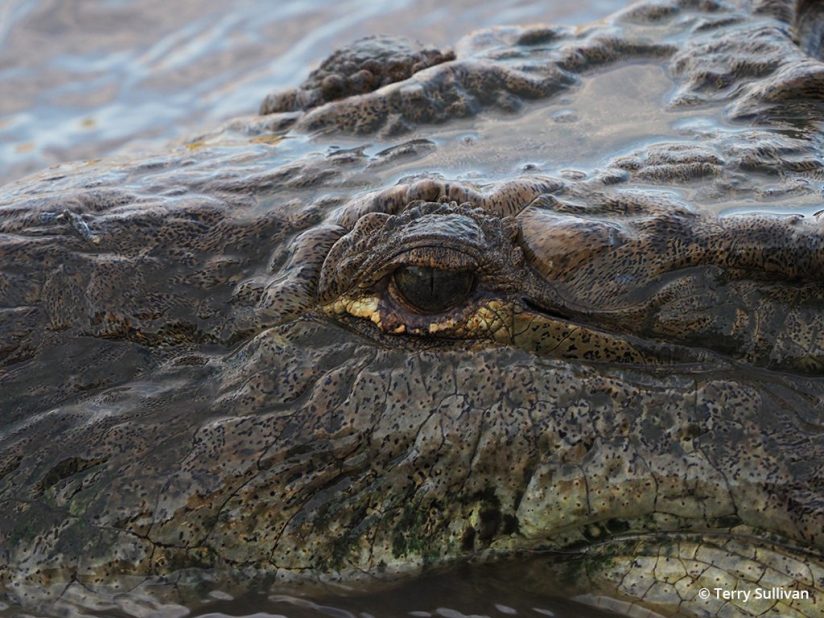
There were lots of opportunities to fail in focusing on this American Crocodile swimming in the Tarcoles River in Costa Rica because of all of the various textures of the crocodile’s shiny skin as well as the reflections coming off the surface of the water. By and large, though, the E-M1 Mark III did nice job of keeping focused on the crocodile’s eye, while still capturing all the subtle details and textures of this animal. Olympus OM-D E-M1 Mark III, M.Zuiko Digital ED 40-150MM F2.8 PRO with M.Zuiko Digital 2x Teleconverter MC-20. Exposure: 1/250 sec., ƒ/5.6, ISO 320.
Outdoor, action and wildlife photographers should definitely check out the Olympus O-MD EM-1 Mark III. I think you’ll be impressed with how it performs and handles, particularly if you’re looking for a camera system that’s smaller and lighter than other brands. List price: $1,799.
Shop the Olympus OM-D E-M1 III at B&H Photo.
The post Olympus OM-D E-M1 Mark III Field Test appeared first on Outdoor Photographer.

